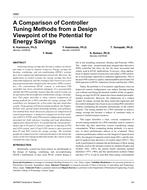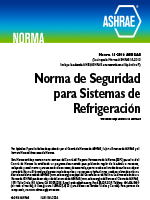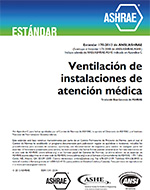Description
Achieving energy savings has become a subject of continual study to conserve natural resources. Energy savings for heating, ventilating, and air-conditioning (HVAC) systems have been studied and implemented extensively. However, the implication of control systems for energy savings has been somewhat neglected, and the strategies have been to use existing proportional-plus-integral-plus-derivative (PID) controllers. For conventional HVAC control, a well-tuned PID controller has been considered adequate. It is questionable whether the PID controller ensures that the control system can be operated at the most efficient condition for energy consumption. This paper describes a clear, concise comparison of tuning methods for a PID controller for energy savings. PID controllers are designed for a first-order lag plus dead-time system. From among well-known tuning methods, the Ziegler- Nichols rule, partial model matching method, and optimization method have been chosen for purposes of comparison of control performance. A numerical comparison of three methods with PI, I-P, PID, and I-PD control configurations has been presented for both reference tracking and load disturbance suppression characteristics. It is found that the control performance due to PI and I-P control is superior to that due to PID and I-PD control, and I-P and I-PD control is more practical than PI and PID control for energy savings. The resultant graphical comparisons for control performance document the choice of the best tuning method that makes the control system consume the least energy.
Units: None
Citation: ASHRAE Transactions, vol. 108, pt. 2
Product Details
- Published:
- 2002
- Number of Pages:
- 11
- File Size:
- 1 file , 400 KB
- Product Code(s):
- D-8843




